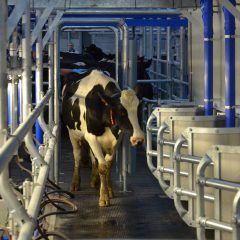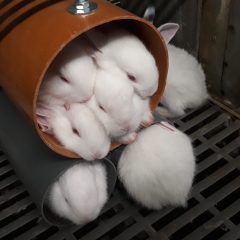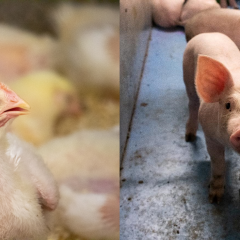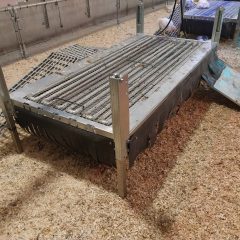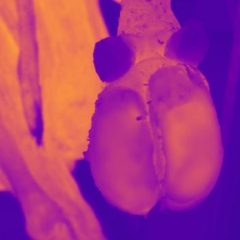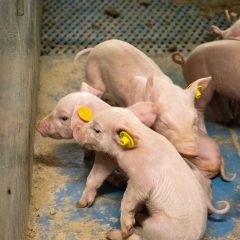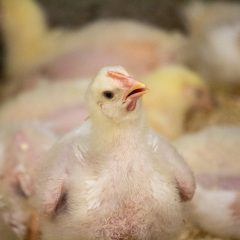Research project Research into the optimization of group housing of does
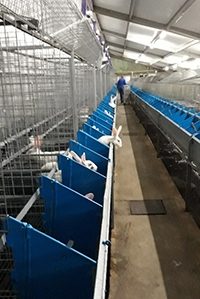
General introduction
The KONSEMI project works on group housing in the rabbit sector, in particular on the question under what conditions it is possible to provide a regime of part-time group housing for does. Since 2016, meat rabbits must be kept in enriched group parks. For the time being, however, does are kept individually. Aggression among does after parturition is one of the major problems when they are kept in group, including disturbing each other's nests, pseudo-pregnancy and mortality of the young. With experiments at ILVO and in two large commercial farms, the researchers investigate how part-time group housing can be applied, taking both productivity and welfare of the does and their young into consideration.
Research approach
This project has been completed. The first experiment investigated the time at which lactating does are able to come into group housing with their young. Young rabbits remain suckling with their mothers until around their 35th day of life and it was assumed that from their 22nd day, they were resilient enough to be group housed and does to be less aggressive. During the trial, does and their young were group housed when the young were 22, 25 or 28 days old. A second animal trial at ILVO studied to what extent additional escape routes (2nd height platform) and hiding possibilities (PVC pipes) could provide a safer environment in the group pen. The group size, 3 or 4 does with their young, was also studied. The effect of additional escape opportunities (wooden partitions) and distraction material (alfalfa) was also investigated in a third animal trial on a large farm. In addition, the personality of does was scored to determine to what extent genetic selection facilitates group housing and how hierarchy is formed between does
Relevance/Valorization
From the first animal trial, the researchers concluded that grouping on the earliest day (when the young were 22 days old) increased social contact between does and reduced injuries of the young. From the second animal trial, there seemed to be no demonstrable improvements by altering escape routes, hiding opportunities and lower group size. However, less threatening behaviour and lower injury scores were found in groups of 3 does. It could not be concluded from the results of the third animal trial that escape opportunities and distraction material had a direct positive or negative effect on reproductive performance, skin injuries and behaviour. Some of the does differed greatly in behaviour between reproductive rounds but for other does this was not observed which may indicate the occurrence of fixed character traits for 'aggressiveness', 'avoidance' and 'sociality'. However, behaviour was highly variable between reproduction rounds and different group compositions.
Financing
Vlaamse Overheid - Leefmilieu, Natuur & Energie - Dienst Dierenwelzijn

